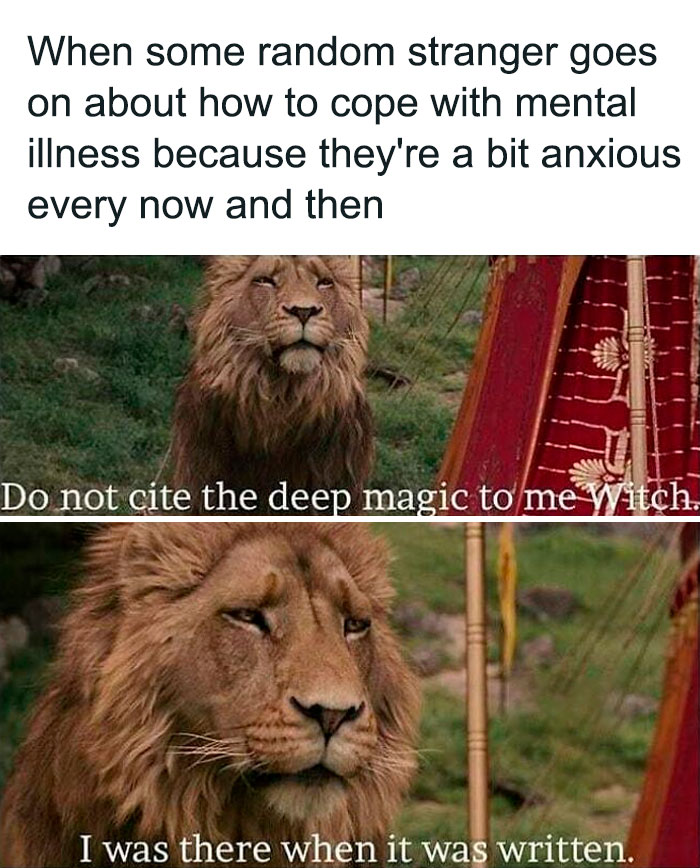Is Escapism Really That Bad for Mental Health?
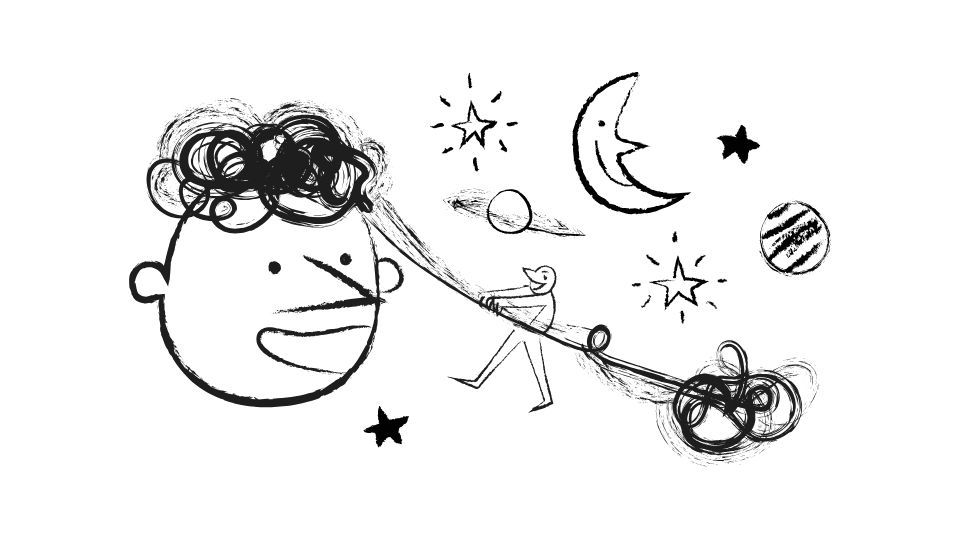
Is escapism actually ruining your life? Or is it saving it?
Most of us have heard that escapism is a bad thing. That binge-watching Netflix, scrolling TikTok for hours, or losing yourself in video games means you’re avoiding reality and running from your problems.
But is that really true? Or is escapism getting a bad rap?
I’ve been thinking about this a lot lately – especially after noticing how many “healthy” activities like exercise, reading, and travel can actually be forms of escapism too.
So let’s find out if escapism is actually destroying your life or if it might be making it better.
What Actually Is Escapism?
Escapism is basically any activity that helps you mentally check out from your everyday life and problems.
It’s that thing you do when:
- Work is stressing you out
- You’re avoiding a difficult conversation
- Life just feels too damn much sometimes
We all do it. But we don’t all do it the same way.
Some people escape through:
- Video games
- Movies and TV shows
- Social media
- Books and reading
- Exercise
- Travel
- Food and drinking
- Hobbies like painting or gardening
And while society tends to judge some forms of escapism as “good” (like reading) and others as “bad” (like gaming), they’re all fundamentally the same thing: temporary relief from reality.
Good Escapism vs. Bad Escapism
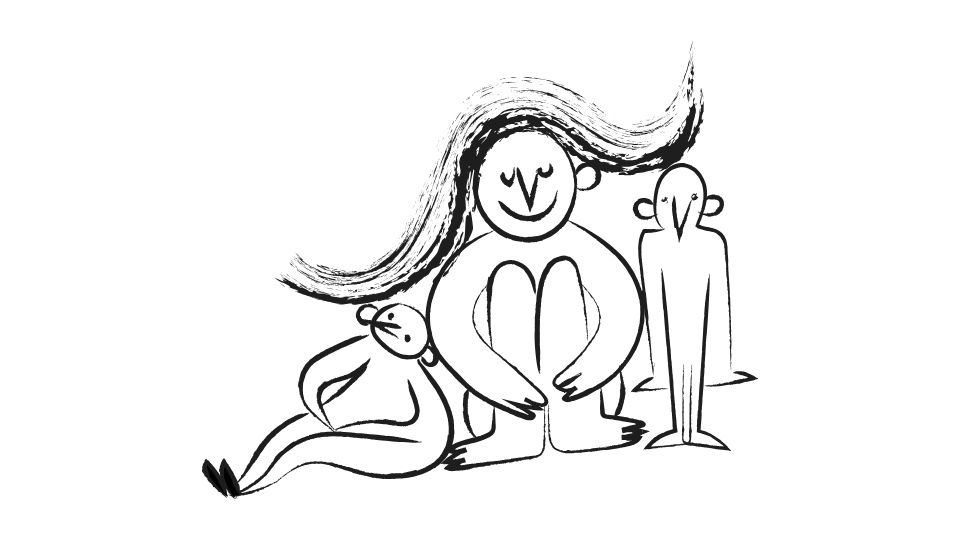
Here’s the thing – escapism isn’t inherently bad. In fact, research shows it can be beneficial for mental health when used in certain ways.
The Good Side of Escapism
When used correctly, escapism can actually help you:
Reduce stress and recharge: Your brain needs breaks from constant pressure and problems. Temporary escapes can lower cortisol levels and help you return to challenges with fresh energy.
Boost creativity: Immersing yourself in stories, games, or new experiences stimulates your imagination and helps you think in new ways. There’s a reason so many writers, artists, and entrepreneurs are big readers or gamers.
Improve your mood: Escapist activities can genuinely lift your spirits and reduce feelings of anxiety or depression in the short term.
Build resilience: Sometimes taking a mental vacation helps you come back stronger to face your problems.
The key difference seems to be in self-expansion versus self-suppression. When you escape to grow, learn, or recharge (self-expansion), it’s healthy. When you escape purely to avoid dealing with life (self-suppression), that’s when it becomes problematic.
The Dark Side of Escapism
Escapism becomes harmful when:
- You’re neglecting responsibilities that need your attention
- It’s your only coping strategy for dealing with problems
- You’re using it to avoid necessary emotional processing
- It leads to isolation from important relationships
- It evolves into addiction or compulsive behavior
For example, playing video games for a couple hours to unwind after work? Totally fine. Playing video games for 16 hours a day while ignoring your job, relationships, and basic self-care? That’s when escapism becomes destructive.
Two Types of Escapism You Need to Know About
Research has identified two fundamentally different kinds of escapism, and this distinction is super important.
Self-Expansion Escapism
This is the good kind. It’s when you engage in activities that:
- Are intrinsically motivated (you do them because you enjoy them)
- Promote growth and positive emotions
- Help you return to reality feeling better
For example, someone who runs because they love how it makes them feel and the sense of accomplishment it brings is practicing self-expansion escapism.
Self-Suppression Escapism
This is the problematic kind. It’s characterized by:
- Pure avoidance of negative feelings or situations
- No real enjoyment of the activity itself
- Returning to reality feeling worse than before
Someone who drinks heavily just to numb themselves and forget their problems is practicing self-suppression escapism.
The same activity can be either type depending on your motivation and mindset. Research published in Frontiers in Psychology found that the why behind your escapism matters more than the what.
Finding the Balance: Escapism vs. Mindfulness
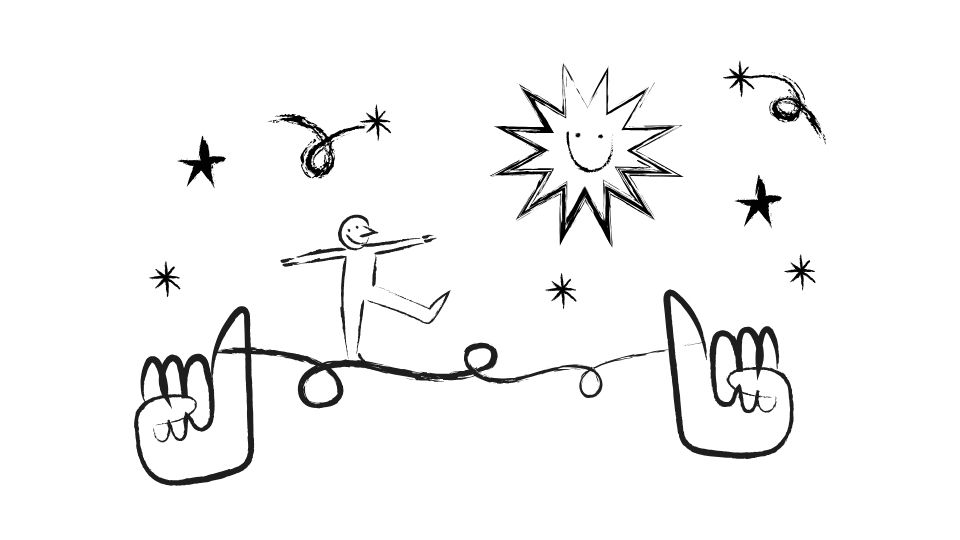
A lot of people think escapism is the opposite of mindfulness – that being present and escaping reality are mutually exclusive.
But they actually can (and should) coexist in a healthy life.
Mindfulness is about awareness and acceptance of reality. Escapism is about temporary relief from it. Both serve important functions.
The trick is mindful escapism – being aware of when and why you’re escaping, and doing it intentionally rather than compulsively.
Ask yourself:
- Am I using this activity as a temporary reset button or as my only way of dealing with life?
- Will this break help me return to my challenges with new energy?
- Am I still addressing my actual problems alongside this escape?
Signs Your Escapism Might Be Unhealthy
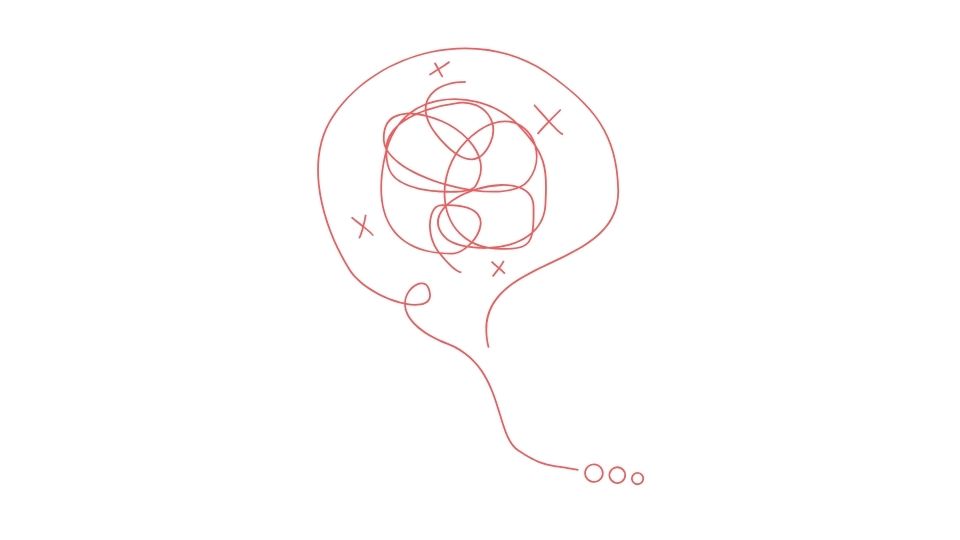
Red flags to watch for:
- You feel guilty or ashamed after escapist activities
- Your escapes are getting longer and more frequent
- You’re withdrawing from important relationships
- You feel anxiety when you can’t engage in your escapist behavior
- Your responsibilities are piling up neglected
If you recognize these patterns, it might be time to seek professional help to develop more balanced coping strategies.
How to Practice Healthy Escapism
Here’s my advice for making escapism work for you, not against you:
Set time limits for escapist activities. Two hours of gaming? Great! Twelve hours? Probably not.
Diversify your escapes. Don’t rely on just one form of escapism. Mix it up with different activities.
Choose growth-oriented escapes when possible. Activities that teach you something new or challenge you in positive ways.
Stay connected to people. The healthiest forms of escapism can often be social (like playing games with friends).
Schedule reality check-ins. Make sure you’re still addressing real-life problems alongside your escapes.
Notice your feelings before and after. If an activity consistently makes you feel worse afterward, that’s a sign it’s not healthy escapism.
Is Escapism Really That Bad?

So after all this, is escapism actually bad for you?
The answer is: it depends.
Like most things in life, escapism exists on a spectrum. At one end, it’s a healthy, necessary mental break that helps you recharge and gain perspective. At the other end, it’s a destructive avoidance strategy that prevents personal growth and meaningful engagement with life.
The difference lies in:
- How you escape
- Why you escape
- How often you escape
- Whether you return to face reality
I think we need to stop demonizing escapism altogether and instead focus on using it mindfully as one tool in our mental health toolkit. Because sometimes, a little escape is exactly what we need to come back stronger.
Think about it: even meditation can be considered a form of healthy escapism – a temporary reprieve that helps us return to life with more clarity and resilience.
So next time you feel the urge to escape into a book, game, or other world – don’t beat yourself up about it. Just make sure you’re escaping for the right reasons, and that you’re planning to come back.

